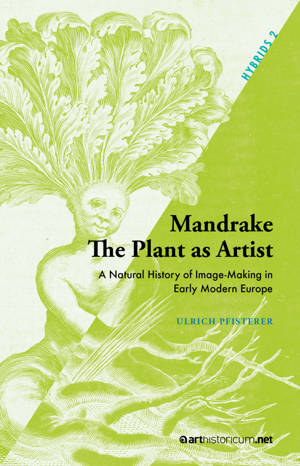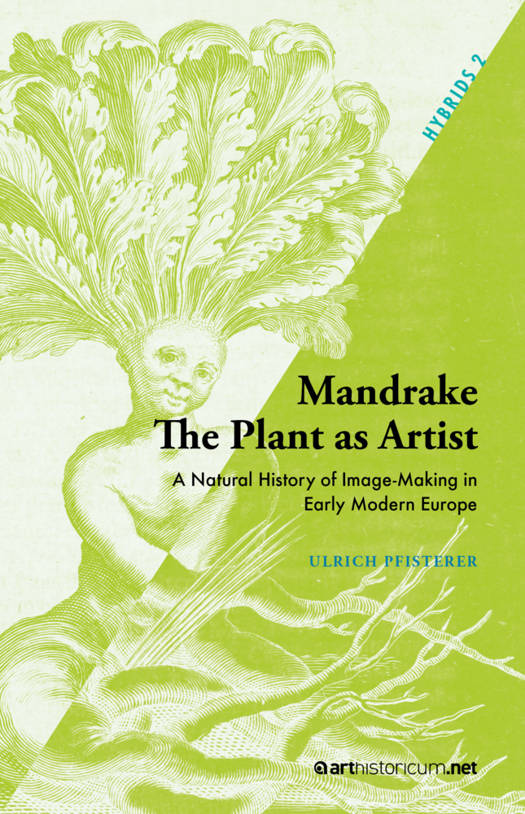
- Afhalen na 1 uur in een winkel met voorraad
- Gratis thuislevering in België vanaf € 30
- Ruim aanbod met 7 miljoen producten
- Afhalen na 1 uur in een winkel met voorraad
- Gratis thuislevering in België vanaf € 30
- Ruim aanbod met 7 miljoen producten
Zoeken
Mandrake - The Plant as Artist
A Natural History of Image-Making in Early Modern Europe
Ulrich Pfisterer
€ 24,95
+ 49 punten
Omschrijving
Plants produce images, nature is an artist. What reads like an avowal of contemporary eco-art was already a subject of intense interest in early modern times: after all, there are many forms in nature that are reminiscent of a human figure - such as the mandragora or mandrake root. Explanations ranged from superstition and speculation about divine messages hidden in creation to scientific theories. At the same time, the relationship between natural and artificial products and the conditions for precise observation were also considered. One highlight of these discussions was the publication of an anthropomorphic beetroot in 1670 in Germany's first scientific journal.
Specificaties
Betrokkenen
- Auteur(s):
- Uitgeverij:
Inhoud
- Aantal bladzijden:
- 258
- Taal:
- Engels
- Reeks:
- Reeksnummer:
- nr. 2
Eigenschappen
- Productcode (EAN):
- 9783985013364
- Uitvoering:
- Hardcover
- Afmetingen:
- 125 mm x 21 mm
- Gewicht:
- 371 g

Alleen bij Standaard Boekhandel
+ 49 punten op je klantenkaart van Standaard Boekhandel
Beoordelingen
We publiceren alleen reviews die voldoen aan de voorwaarden voor reviews. Bekijk onze voorwaarden voor reviews.








